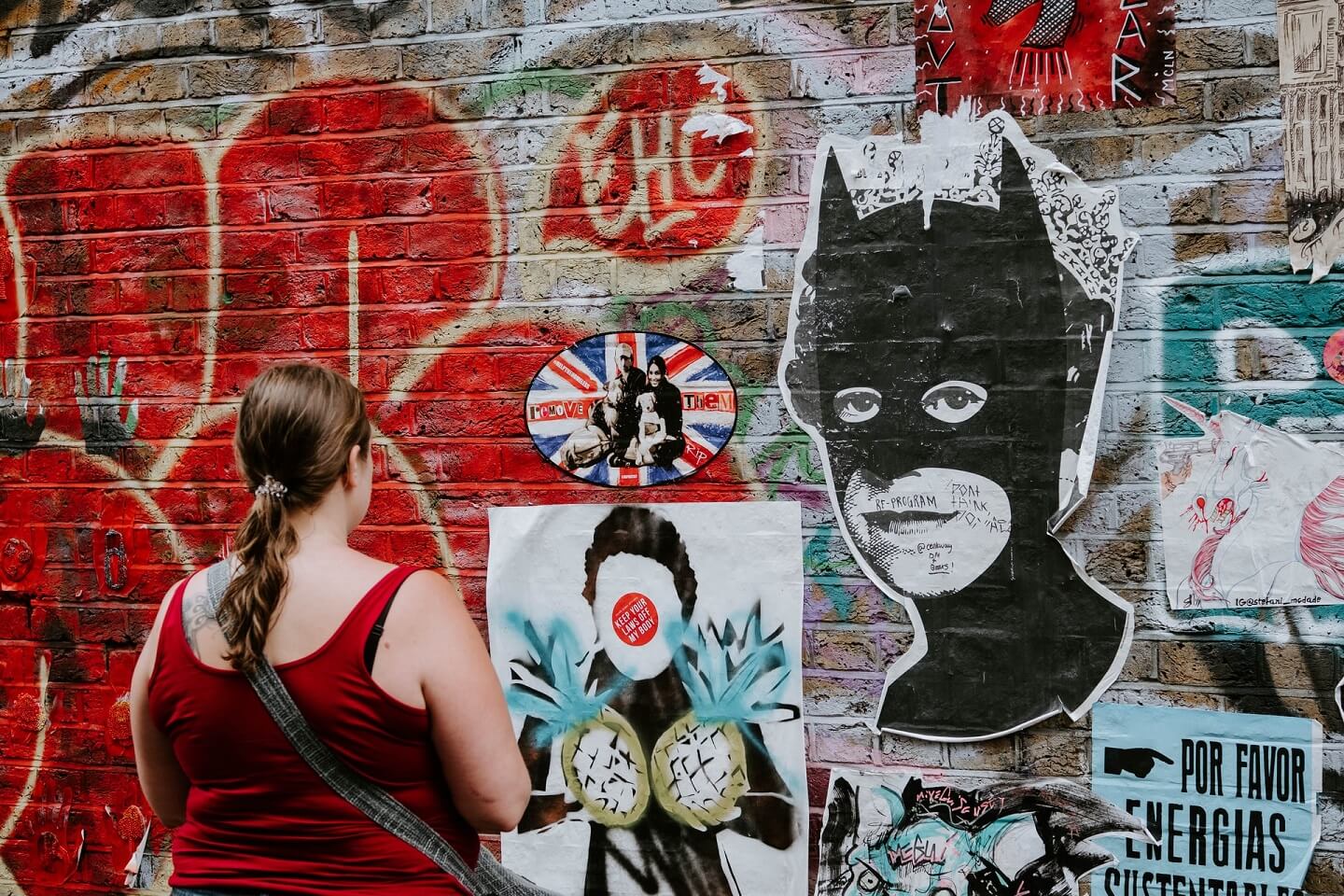If we consider our entertainment choices, the food and fashion trends we follow, the memes we laugh at, and conversations with friends and colleagues, we’ve got to admit that pop culture permeates our lives. No wonder a growing number of brands are using it to boost their relevance. Let’s explore what this means for brands and consumers.
Cultural Relevance Grabs Attention–Study
One of the first things you need to know about using pop culture to boost a brand’s relevance is that if you’re not doing it already, it’s something you should consider. According to a study by Magna/IPG and Twitter, brands need to be culturally relevant if they want to grab the attention of consumers—especially those who fall into younger age groups.
The study found that 44% of consumers made purchasing decisions based on quality and price, 31% on brand perceptions, and 25% on a brands’ cultural involvement. A quarter of consumers want to see brands make it pop.
However, before you rush off and start planning successful campaigns that slyly refer to the hottest TV series, let’s take a closer look at the implications of brands leveraging pop culture and cultural relevance.
There Is More To Cultural Relevance
Talking about cultural relevance can cause a knee-jerk reaction of coming up with ideas to make brands seem like they’re one of the cool kids, but there really is much more to it. People want more than billboards, banner ads, and pop-ups that use the latest slang.
The Magna/IPG/Twitter study found that 47% of respondents thought social movements and issues were very important. The results also revealed that 38% of respondents thought that brands’ involvement in pop culture movements and social issues was important, or rather very important. The respondents who felt most strongly about the involvement of brands in those issues were between the ages of 18 and 35, and most of them were Twitter users.
The take-away from these findings is that brands should not only sound current, they should also be current. If they really want to demonstrate their knowledge of consumers, they should do so by taking into account the interests and issues that are important to them. According to the survey, most respondents were better informed about social issues such as fair trade and gender than they were about pop culture issues.
If you’re a brand’s marketer, you need to know about the latest buzzwords, binge-worthy series, trending topics on Twitter, Meat-Free Mondays, Taco Tuesdays, and social or political issues to rouse angry mobs on both ends of the spectrum. Let that inform your marketing campaigns and corporate social responsibility projects, and you’ll make headlines.
Two great examples of brands that have had their fingers on the pop culture pulse in the last couple of years include Domino’s and Nike. The pizza chain launched its cracked road and pothole fixing ‘Paving For Pizza’ project in 2018. That same year, the sportswear brand teamed up with footballer Colin Kaepernick for a campaign with a strong socio-political message.
It all comes down to being social in every sense of the word. That being said, let’s delve into one of the most practical ways in which you can action that as a brand.
Adapting For Social Media
There’s no getting away from the fact that social media is part and parcel of an effective marketing campaign, directly and indirectly. However, it’s important to remember that the internet isn’t Times Square or Piccadilly Circus, and Facebook, Instagram, Twitter, YouTube, and other platforms are not digital billboards. Marketing and advertising are not the same, and you need to treat them differently to get the best results.
The direct approach you’d use in traditional media such as billboards, brochures, and advertisements on the radio and TV will not work on social media. Some selling of itself and its products and/or services is necessary, but so is being social—and that means developing a brand personality your audience will be happy to follow. Your brand personality and engagement with followers should be relatable, entertaining, and helpful.
It’s also beneficial to use trending topics to help make the brand relatable to consumers. That way, the brand participates in some of the hottest conversations happening during that time.
An excellent example is the peri-peri chicken restaurant chain, Nando’s. Most, if not all, of its marketing leverages trending topics, pop culture, and socio-political events, often sending out a strong message. The brand’s campaigns bring together traditional approaches to marketing, as well as clever use of social media. A case in point is the brand’s advert for its peri-peri sauce created during a period of rolling power cuts in South Africa.
The text of the advert was a play on the name of the state-owned electricity supplier, and it accompanied an image of a bottle of sauce used as a candle holder, as well as a reference to a “saucy night in.” The advert found its way into the #loadshedding conversation on Twitter, Facebook, and Instagram, and generated much engagement between the brand and its followers.
Of course, increased engagement is not the only benefit to boosting your brand’s relevance using pop culture. Let’s glance at a few of the others.
The Benefits Of Using Pop Culture
1. Better chances of your content gaining traffic—If you’ve got your finger on the pulse and can create relevant, relatable content fast enough, then there’s a better chance of it gaining traffic.
2. You’re challenged to better understand your audience—You can’t meaningfully contribute to trending topics if you don’t know who your customers are. This challenges your brand to learn more about your target market’s lifestyles, including their preferences when it comes to movies and TV, their dietary choices, and where they like to visit or hang out.
3. You’ll create connections—By showing customers that your brand has things in common with them, you’ll make it relatable, create connections, and build relationships. This also increases brand loyalty.
4. You’ll humanize the brand—Consumers are no longer interested in brands that come across as rigid, soulless, and focused on nothing but making a profit. Increasing your brand’s cultural relevance increases its personality, and it demonstrates that the brand is multi-dimensional.
5. Soft sells are possible—At the end of the day, boosting a brand’s relevance is about marketing. Incorporate the occasional soft sell into your social engagement. OPI, a nail polish brand, did just that with an Instagram post that linked some of its colors with the Mardi Gras celebration.
Cultural relevance is no longer optional for brands that want to grow. Even though it requires unlearning old approaches and getting used to new ones, it’s not difficult nor impossible.




